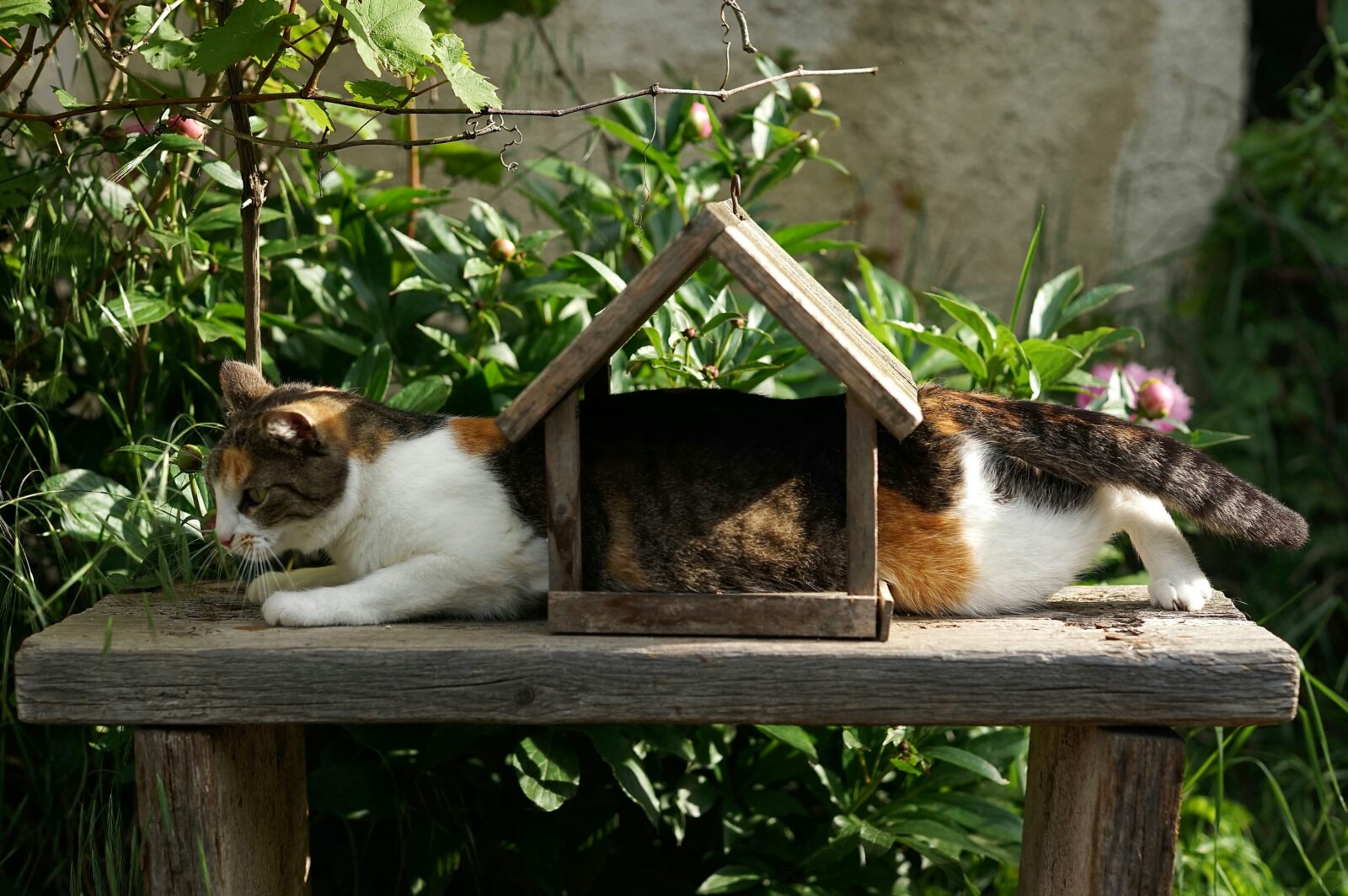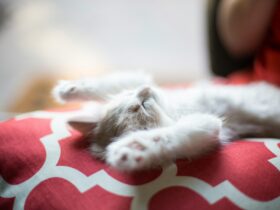Blog: Persian Cat Breed Information & Characteristics | 6 Easy Tips to Help Your Cat Lose Weight
Introduction
Obesity is a growing concern in the feline world, and it can lead to a variety of health problems, including diabetes, arthritis, and heart disease. Persian cats, with their distinctive features and charming personalities, are not immune to weight issues. If you’ve noticed that your Persian cat is carrying extra pounds, it’s important to take action to help them achieve and maintain a healthy weight. This blog provides six easy tips to help your Persian cat lose weight effectively and safely.
1. Assess Your Cat’s Weight and Health
Description
- Body Condition Score: Start by evaluating your cat’s body condition. A healthy weight for a Persian cat is one where you can feel their ribs without excessive fat covering them, and they have a noticeable waist when viewed from above.
- Veterinary Check-Up: Before starting any weight loss plan, consult your veterinarian. A thorough check-up will help identify any underlying health issues and provide a baseline for your cat’s current condition.
What to Do
- Use a Body Condition Score Chart: Consult a body condition score chart to determine if your cat is underweight, overweight, or obese.
- Schedule a Vet Visit: Have your vet conduct a health assessment to ensure that your cat is fit for a weight loss program and to rule out any medical conditions that could affect weight.
2. Create a Balanced, Controlled Diet
Description
- High-Quality Cat Food: Provide a high-quality, balanced diet specifically formulated for weight management. These diets typically have fewer calories but still offer essential nutrients.
- Portion Control: Measure your cat’s food to avoid overfeeding. Using a measuring cup can help ensure that you’re serving the correct amount of food.
What to Do
- Select Weight Management Food: Choose cat food labeled for weight management or formulated for calorie control. Look for brands that offer reduced fat and high protein content.
- Follow Feeding Guidelines: Adhere to the feeding guidelines on the food packaging but adjust based on your cat’s specific needs and your vet’s advice.
- Avoid Free-Feeding: Implement a feeding schedule with set meal times rather than leaving food out all day.
3. Increase Physical Activity
Description
- Playtime: Regular physical activity helps burn calories and maintain a healthy weight. Interactive toys and play sessions are great ways to get your cat moving.
- Exercise Opportunities: Provide opportunities for exercise, such as cat trees, scratching posts, and climbing structures.
What to Do
- Interactive Toys: Use toys like feather wands, laser pointers, or ball chasers to encourage your cat to play and exercise.
- Daily Play Sessions: Aim for at least 15-20 minutes of playtime twice a day to keep your cat active and engaged.
- Provide Enrichment: Offer a variety of toys and climbing structures to stimulate your cat’s interest and encourage more physical activity.
4. Monitor and Adjust Feeding Portions
Description
- Track Intake: Keep a record of your cat’s food intake and monitor their weight regularly. Adjust portion sizes based on weight loss progress and your vet’s recommendations.
- Adjust as Needed: If weight loss is not occurring as expected, consult your vet to adjust portion sizes or food types.
What to Do
- Use a Food Diary: Maintain a food diary to track what and how much your cat is eating each day.
- Regular Weigh-Ins: Weigh your cat regularly to monitor their progress and make necessary adjustments to their diet.
- Adjust Portions: If weight loss is too slow or too rapid, adjust the portion sizes of your cat’s meals accordingly.
5. Consider Healthy Treat Alternatives
Description
- Low-Calorie Treats: Replace high-calorie treats with low-calorie or healthier options. Treats should make up no more than 10% of your cat’s daily caloric intake.
- Homemade Treats: Consider making homemade treats with low-calorie ingredients.
What to Do
- Choose Wisely: Opt for commercially available low-calorie treats or use small pieces of your cat’s regular food as treats.
- Limit Treats: Be mindful of the number of treats you give and avoid giving them during meal times.
- Homemade Options: Prepare healthy, low-calorie treats at home using ingredients like cooked chicken or fish.
6. Provide Fresh Water and Avoid High-Calorie Drinks
Description
- Hydration: Ensure that your cat always has access to fresh, clean water. Proper hydration supports overall health and can aid in weight management.
- Avoid High-Calorie Drinks: Do not offer high-calorie drinks or milk, as these can contribute to weight gain.
What to Do
- Water Bowls: Place multiple water bowls around your home to encourage your cat to drink more water.
- Monitor Intake: Ensure your cat is drinking enough water by observing their consumption and checking the water bowl frequently.
- Avoid Milk: Do not give your cat milk or other high-calorie drinks that can contribute to weight gain.
Conclusion
Helping your Persian cat achieve and maintain a healthy weight involves a combination of proper diet, regular exercise, and careful monitoring. By following these six easy tips, you can support your cat in reaching their weight loss goals while ensuring they stay healthy and happy. Remember to consult your veterinarian for personalized advice and guidance throughout the weight loss process.











Leave a Reply